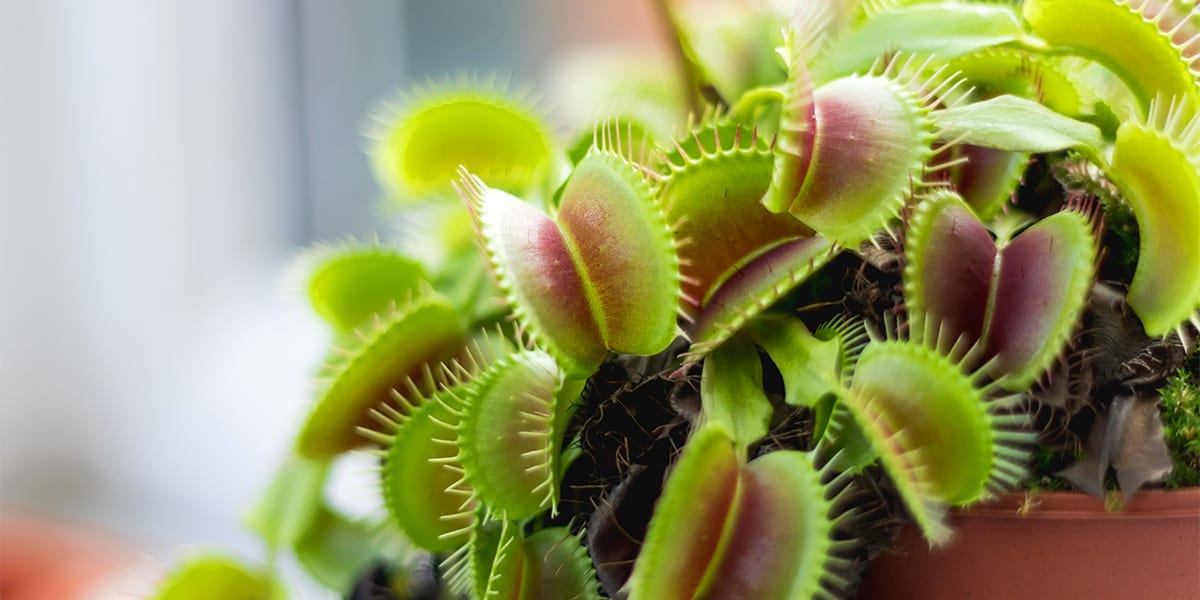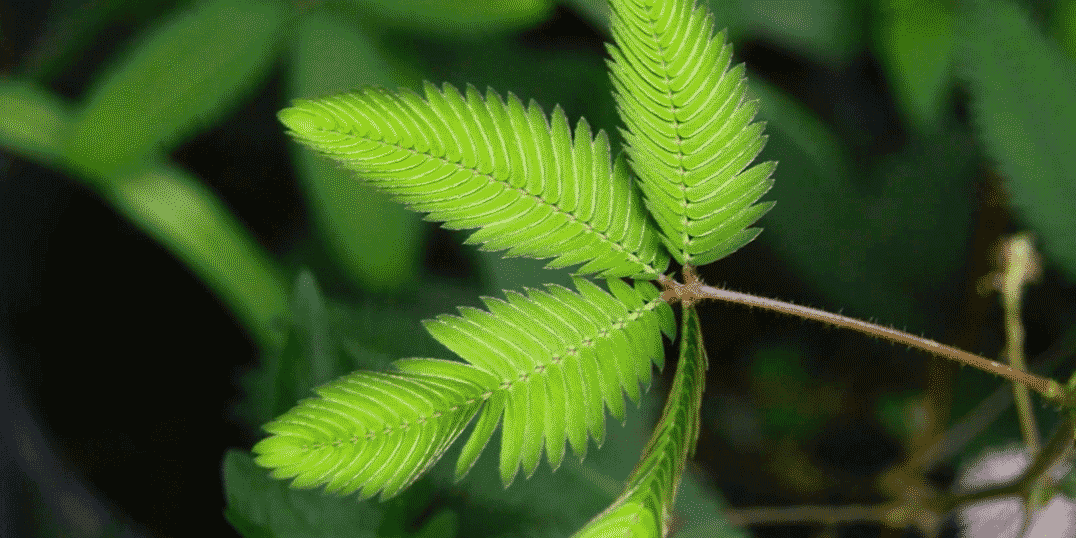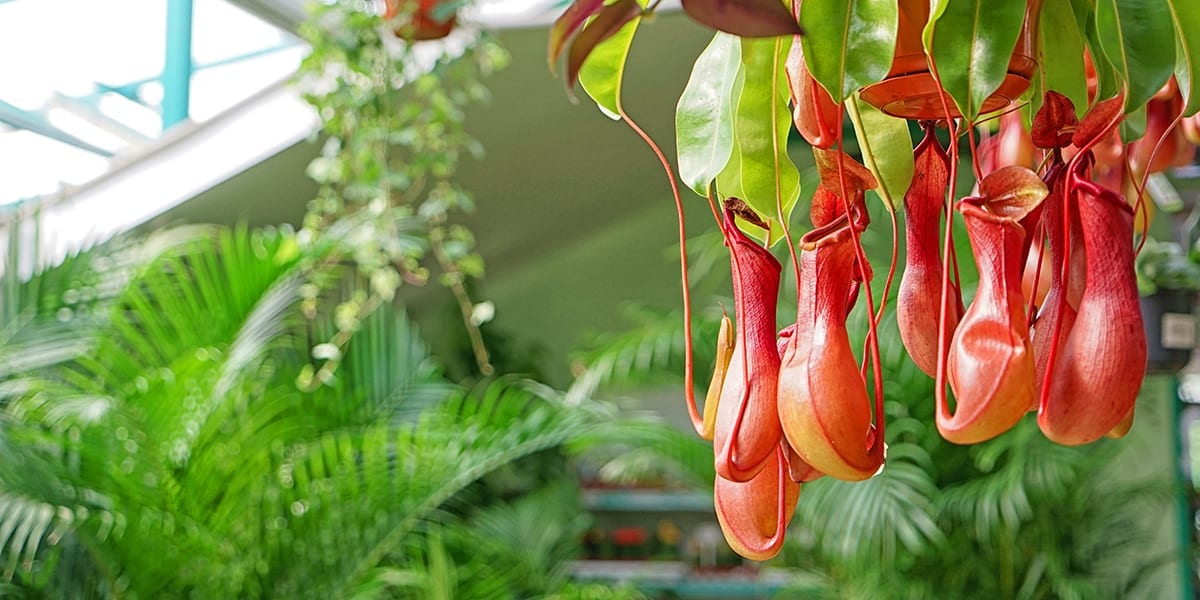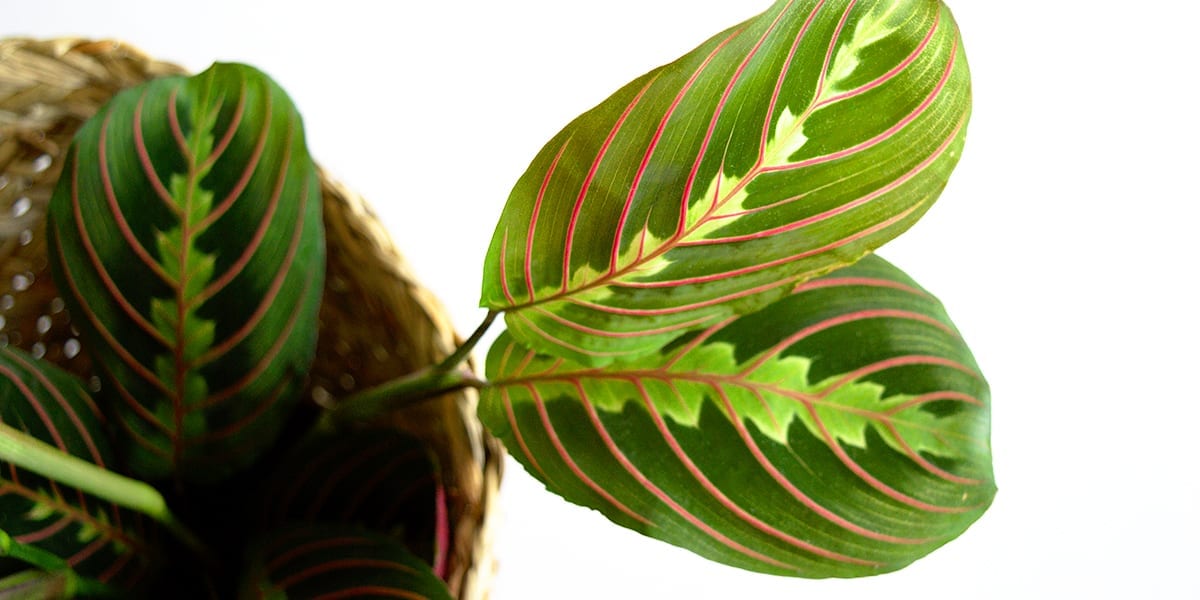If you offered your kids a trip to the Chicago Botanic Garden or the Lincoln Park Zoo, which one do you think they would choose? Chances are, the zoo has a little more pull with the younger crowd than the gardens do. When you think about what the average kid watches on TV or on YouTube, animals are everywhere! Children are encouraged from an early age to cultivate an interest in lions, tigers, and bears—but where can they learn more about the amazing world of plants?
When kids can get interested in how plants grow, it opens the door to bigger questions about the world they live in. Imagine how much they can learn from discussion questions like:
- “What is a pollinator?”
- “Which plants can we eat, and which ones are dangerous?”
- “Why are vegetables important?”
- “How do people grow food?”
…just to name a few!
So, why aren’t more kids getting curious about plants? As you know, children crave action, excitement, and novelty. While a slow-growing plant without much color may not be the best for holding their interest, these action-packed houseplants are just as exciting as a new pet! Here are our top five best houseplants for kids.

Venus Flytrap (Dionaea muscipula)
Children learn the difference between carnivores, herbivores, and omnivores pretty early in school—some of us might recall how much fun it was to play “dinosaurs” or “animal kingdom” during recess! However, kids don’t always learn about the amazing life cycles of carnivorous plants. The first time a pair of young eyes watches a Venus Flytrap snap shut on a housefly is a moment of pure magic. Don’t be surprised if they start spending hours capturing bugs just to feed their new houseplant!
Venus Flytraps also have other qualities that make them some of the best houseplants for kids. These “snappy” houseplants grow naturally in swampy environments, so they can handle a few over-enthusiastic waterings! Older children will enjoy setting up a terrarium with an old fish bowl or aquarium while learning more about microclimates and ecosystems.
Sundews (Drosera)
To a kid, a tropical sundew looks more like an alien than a plant—and that’s awesome! Their colorful spines covered in droplets of dew-like “fly bait” make these unusual plants some of the best houseplants for kids of any age. Sundews are a large family of carnivorous plants, each one more fascinating than the last. Like Venus Flytraps, sundews are found in humid tropical environments. If your child already has a Venus Flytrap, they can start a Sundew terrarium to add to their carnivorous plant collection!
These plants naturally grow in partially sunny environments, so a spot with bright indirect light will suit them best. Kids will love how their “dew” reflects the sunlight to create a mesmerizing trap for unsuspecting fruit flies!

Sensitive Plant (Mimosa pudica)
At first glance, the fern-like foliage of the Sensitive Plant may not look too intriguing to the average kid. All that changes as soon as you ask them to tap on the end of the plant’s stems! Kids will be blown away when the plant instantly recoils and slowly returns to its relaxed state. If they’re lucky enough to catch this aptly-named plant in flower, their pompom-like blooms are yet another feature that will capture children’s imaginations.
To set your kid up for growing success, add some peat moss to their Sensitive Plant’s soil and make sure the pot has good drainage. The soil needs to be kept evenly moist, but not wet, and will do best with a dose of half-strength fertilizer every two weeks. Older kids may be up to the challenge of caring for this slightly more demanding houseplant. However, younger kids will be more than happy to “help out” by giving this moving plant its own special name!

Pitcher Plant (Sarracenia purpurea)
Once a kid has started collecting carnivorous houseplants, it won’t take them long to get “hungry” for a new specimen! The Pitcher Plant’s carnivorous tubes are great talking points for learning about adaptation and biodiversity. Even more mindblowing is how, unlike exotic Venus Flytraps and tropical Sundews, some Pitcher Plants are actually native to the United States!
Pitcher Plants, like other carnivorous plants, evolved to rely on insects for food because their native soil lacks nutrients. The best “soil” for Pitcher Plants is a fast-draining, low-fertility growing medium made from bark, peat moss, and vermiculite. Potting this plant together presents a great opportunity to talk about different soil types, and how something as simple as dirt has a huge impact on the environment.

Prayer Plant (Maranta leuconeura ‘var. erythroneura’)
This plant’s best qualities appeal to children and grown-ups alike! Prayer plant’s gorgeous, pink-striped foliage looks great as an accent for your home decor. However, they also have an interesting habit that kids love! In the evening, the Prayer Plant folds its leaves together in a “prayer” position, which is lots of fun to watch in action. Keep this houseplant in a well-lit location in plain view, and point out to your child when you’ve noticed the leaves have moved. In no time, they’ll be making a game of trying to catch the plant in action!
Prayer Plants do best in evenly moist, but not wet, soils. Consider making it a tradition for your child to check the soil every morning as part of their daily routine.
These houseplants are more than a living decoration; your child will start to see them as part of the family. Visit one of our Chicagoland garden center locations in Bloomingdale or Carpentersville with your child this weekend to discover these wild and wacky species. You’ll love how these kid-friendly houseplants give you the chance to learn together—and they’re certainly easier to care for than a puppy!
Platt Hill Nursery is Chicago’s premier garden center and nursery.


